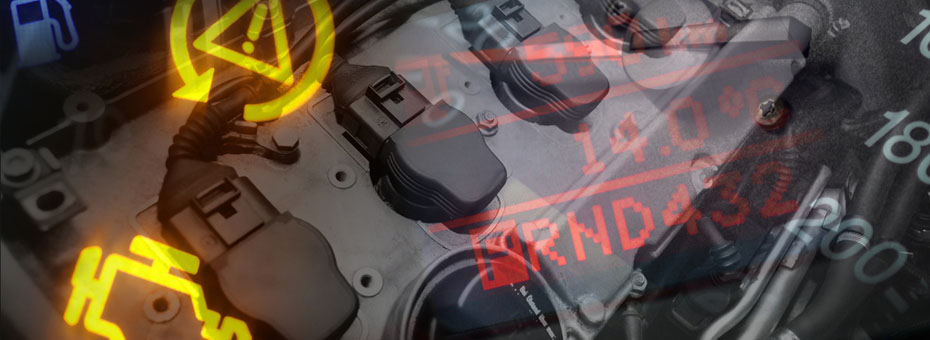I’m lucky to see the world through a lean lens thanks to years of conditioning at Toyota. This lens gives me plenty of opportunities for teaching moments.
For instance, as I was driving my Lexus IS the other day I noticed all the visual cues and andons embedded in its technology. As I noticed all of the visuals within the meter cluster display, I began to think about how problem awareness has evolved in personal transportation.
Visual cues are hugely important. At Toyota, and in all lean settings, problems quickly surface in the form of a visual or auditory andon: a mechanism that alerts a line or group leader to immediately “go see” the abnormality from the standard, the moment a problem occurs.
These signals have a way of becoming part of our consciousness. When I worked at Toyota, a general awareness of andons became part of my everyday mindset. Over time I began to see there were andons for certain levels of leadership, mechanical issues, line delays, safety and training needs, among other issues. Above all, I learned that having reliable methods for visualizing and responding to abnormalities and problems was crucial to our business model of setting standards and getting to root cause. All of this created a pathway for continuous improvement.
I see standardization, visual management, poke-yokes (error-proofing), and andons just driving my car now. I’m amazed at how today’s engineers are making the process of driving much safer and efficient than years ago. Just think of the amount of continuous improvement that’s happened over time.
Thinking about how driving a car has changed, I wondered what other lean principles are involved in this experience. As I get in my car, there are andons to alert me when the door is open, or signal when essential steps have been missed. In your car, an alarm may sound saying your car isn’t recognizing the key fob being present (some cars you just have to push a button now). The poke-yoke embedded in your vehicle may require the key fob to be inside, or the keys to be in the ignition and your foot on the brake to start it. Or, if you shut your car door too lightly, you may see a visual on your dash telling you your door isn’t fully closed, preventing a safety issue.
As you put your car in reverse, some of you have a back-up camera allowing for a visual of what’s behind you. On top of this cutting-edge technology some vehicles now have a sonar sensor that detects movement and/or other vehicles near you, or even people, side to side. What a wonderful poke-yoke to have eyes behind, around, and side to side before we back up! As you take off on your drive, you may hear an annoying beep that could go on 30 seconds or more if your seat belt isn’t properly fastened. How many of you have been conditioned to a new standard of wearing your seat belt just to make the beeping go away?! Whoever invented that andon has saved many lives.
On the road, you engaged with traffic and other transportation options all around. Perhaps you want to switch lanes. Some vehicles now have blind spot monitors (BSM) that allow you to hear yet another specific andon if you don’t see a car there but there one is there. An even faster beeping sound begins if you engage your turn signal, which warns you (two ways) not to change lanes. So here’s a secondary poke-yoke that doesn’t only warn you once, but TWICE if you engage the turn signal despite there being an abnormality. It’s as if your car has eyes now. Our cars are getting better and better at telling us when an abnormality or discrepancy exists. They’re reducing our chances of an accident. Good design will never replace our ability to drive or make all our decisions for us, but it can make for a much more efficient, safer trip.
While we work hard to make our own work processes visual, devising ways to see abnormalities and solve problems, we might note that the world revolves around visuals, andons, and cues placing us in a constant state of awareness. Good design is all about making us aware of the abnormality to the standard. That’s just good design and it’s also lean.






